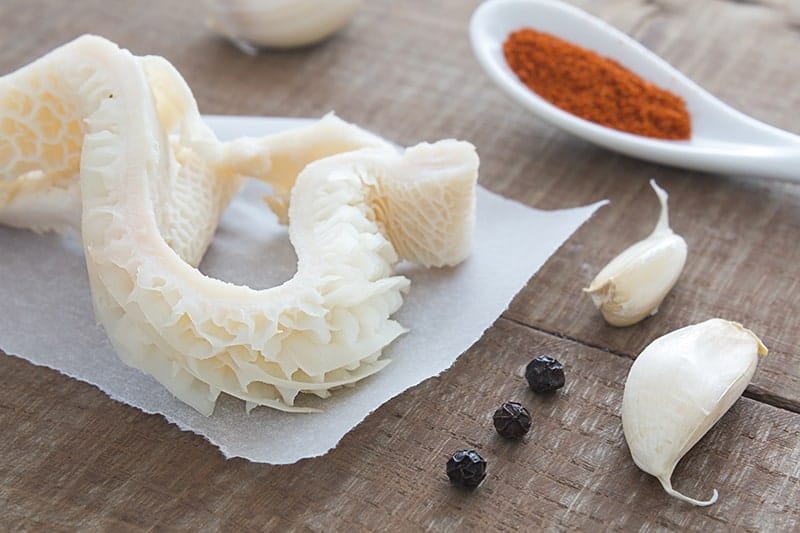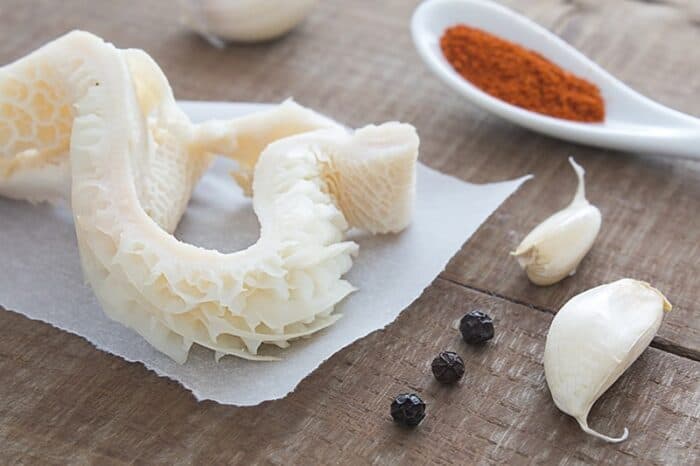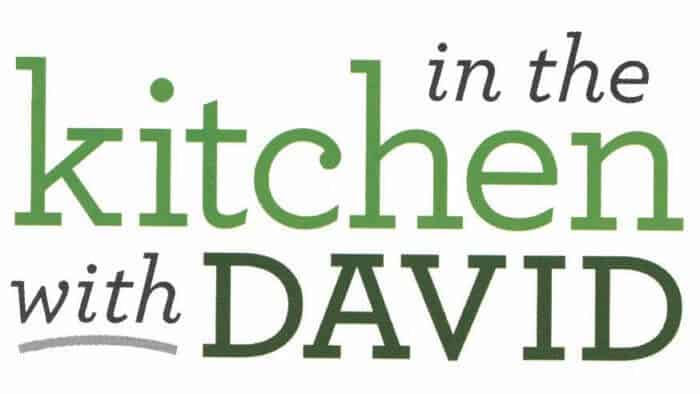This post may contain affiliate links. Please read our privacy policy for additional information.
Tripe is the edible muscle lining from the stomach of farm animals, such as cows, pigs, and sheep. While it might not sound like the most appetizing part of the animal, tripe is one of the healthiest ways to eat meat.

It’s a great source of vitamins and is low calorie
Tripe is extremely low in calories when compared to other cuts of beef and pork, with a 150-gram serving containing only 135 calories on average. Tripe is also a great vitamin B12, iron, calcium, and protein source.
Kinds of Tripe
Beef tripe is slightly special in that there are four different varieties, each coming from a different stomach chamber within the cow.
- Blanket tripe comes from the first stomach chamber and is generally considered to be the worst type of tripe. It is rarely used for human consumption and is commonly used in dog food.
- Honeycomb tripe is taken from the second chamber and has a much meatier flavor, making it the most commonly used beef tripe in human recipes.
- Omasum tripe offers a balance between the previous two types of tripe and is perfect for making sausages and other recipes where texture is not so important.
- The tripe found in the fourth chamber, abomasums tripe, is the most flavorful, making it ideal for dishes where tripe is one of the main ingredients.












Leave a Comment or Recipe Tip